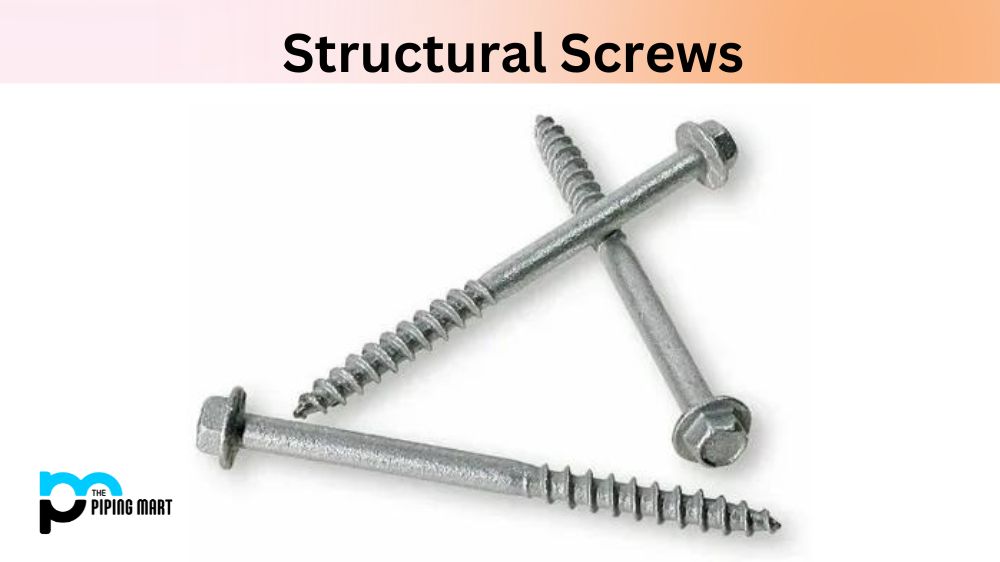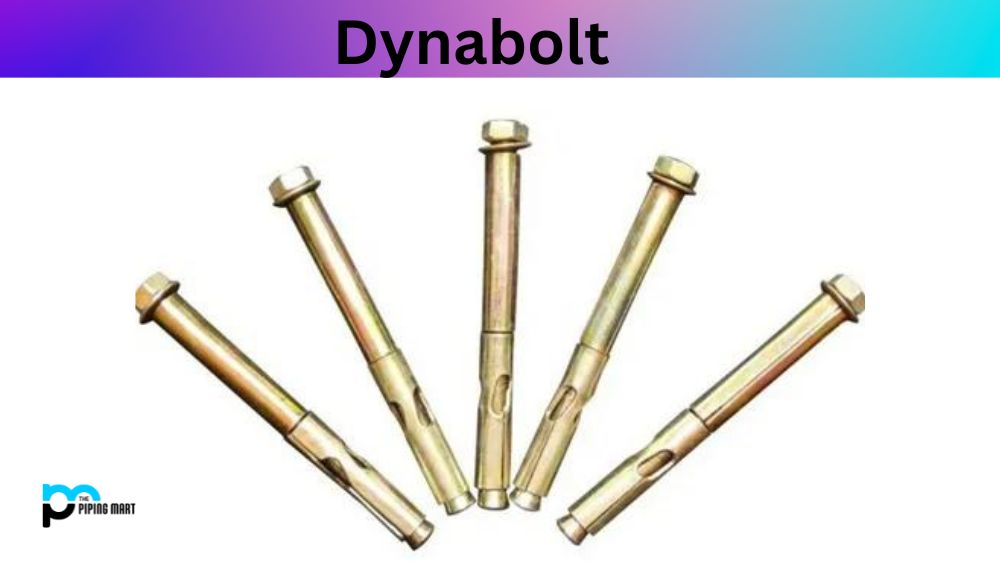Have you ever found yourself standing in the aisle of a home improvement store and wondering which type of anchor to buy? It can be unclear, especially with similar options like a sleeve anchor and a rawl bolt. While both are used to secure objects to concrete, they have distinct differences in their design and function. This blog post will break down those differences and help you decide which anchor is right for your specific project.
Sleeve Anchor
A Sleeve Anchor is a type of mechanical fastener used to secure items to solid masonry and concrete walls. It consists of an internally threaded metal sleeve, which is inserted into the wall, and an external eye bolt that is secured in the sleeve using a hex nut or washer. This anchor provides strong holding power for heavy loads and can be installed quickly with minimal effort.
Rawl Bolt
Rawl Bolt is a type of mechanical fastener, typically used to join two pieces of metal or other rigid materials. It consists of an externally threaded cylinder body with a hex-shaped head at one end and an internally threaded nut on the other, allowing for easier assembly. The threads create a secure bond between the two surfaces and can be tightened or loosened as needed.
Difference Between Sleeve Anchor and Rawl Bolt
Design –
A sleeve anchor consists of a sleeve with flared ends and a nut and washer on one end. The other end has a threaded rod. Once installed, the nut is tightened to wedge the sleeve against the wall of the hole. This creates a tight fit and prevents the anchor from coming loose. A rawl bolt, on the other hand, has a cone-shaped end that expands when a nut is tightened at the other end. The expanding cone creates a secure hold in the concrete.
Size –
Sleeve anchors are typically available in smaller sizes, ranging from 1/4 inch to 3/4 inch in diameter. They are ideal for lighter-duty applications, such as hanging picture frames or decorative items. Rawl bolts, however, come in larger sizes, ranging from 1/2 inch to 1 1/4 inch in diameter. They are ideal for heavy-duty applications, such as securing machinery or equipment.
Load Capacity –
Sleeve anchors have a lower load capacity than rawl bolts because of their design. The flared ends of a sleeve anchor create a larger hole in the concrete, which results in less of the anchor being embedded in the concrete. Rawl bolts, on the other hand, have a smaller hole in the concrete, which results in more of the bolt being embedded and a higher load capacity.
Installation –
Sleeve anchors require a pre-drilled hole that is larger in diameter than the anchor itself. This ensures that the sleeve can be inserted into the hole with ease. Once the sleeve is in place, a hammer drives the threaded rod into the sleeve. Finally, a wrench tightens the nut and expands the sleeve. Rawl bolts require a similar pre-drilled hole, but the installation process differs slightly. The bolt is inserted into the hole, and a nut is threaded onto the end. As the nut is tightened, the cone-shaped end expands, creating a tight fit in the concrete.
Price –
Sleeve anchors are typically less expensive than rawl bolts. This is due in part to their smaller size and lower load capacity. If you have a lighter-duty application and want to save money, sleeve anchors may be the way to go. If you have a heavy-duty application, the added cost of rawl bolts may be worth it for the increased load capacity and security.
Conclusion:
When choosing between a sleeve anchor and a rawl bolt, it is important to consider the size and load capacity of the anchor, as well as its design and installation process. If you are still determining which anchor is right for your specific project, consult a professional or do some research to ensure you make the right choice. With the information provided in this blog post, you can feel confident in your decision and easily secure your objects in concrete.

Pipingmart is a B2B portal that specializes in metal, industrial and piping items. Additionally, we share the latest information and information about materials, products and various types of grades to assist businesses that are involved in this business.




